

- RFQ
- BOM
-
Contact Us
Tel: +86-0755-83501315
Email: sales@sic-components.com
- Chinese
- English
- French
- German
- Portuguese
- Spanish
- Russian
- Japanese
- Korean
- Arabic
- Irish
- Greek
- Turkish
- Italian
- Danish
- Romanian
- Indonesian
- Czech
- Afrikaans
- Swedish
- Polish
- Basque
- Catalan
- Esperanto
- Hindi
- Lao
- Albanian
- Amharic
- Armenian
- Azerbaijani
- Belarusian
- Bengali
- Bosnian
- Bulgarian
- Cebuano
- Chichewa
- Corsican
- Croatian
- Dutch
- Estonian
- Filipino
- Finnish
- Frisian
- Galician
- Georgian
- Gujarati
- Haitian
- Hausa
- Hawaiian
- Hebrew
- Hmong
- Hungarian
- Icelandic
- Igbo
- Javanese
- Kannada
- Kazakh
- Khmer
- Kurdish
- Kyrgyz
- Latin
- Latvian
- Lithuanian
- Luxembou..
- Macedonian
- Malagasy
- Malay
- Malayalam
- Maltese
- Maori
- Marathi
- Mongolian
- Burmese
- Nepali
- Norwegian
- Pashto
- Persian
- Punjabi
- Serbian
- Sesotho
- Sinhala
- Slovak
- Slovenian
- Somali
- Samoan
- Scots Gaelic
- Shona
- Sindhi
- Sundanese
- Swahili
- Tajik
- Tamil
- Telugu
- Thai
- Ukrainian
- Urdu
- Uzbek
- Vietnamese
- Welsh
- Xhosa
- Yiddish
- Yoruba
- Zulu
- Kinyarwanda
- Tatar
- Oriya
- Turkmen
- Uyghur
What is an bus transceiver?
A bus transceiver(https://www.sic-components.com/buffers-drivers-receivers-transceivers) is a crucial integrated circuit (IC) designed to enable bidirectional data flow between two points, making it highly compatible with bus - oriented systems. It acts as a bridge, allowing digital or analog devices to communicate effectively over a common data bus. The term "transceiver" is a combination of "transmitter" and "receiver," highlighting its dual - functionality of sending and receiving data.
Key features of the Bus Transceiver
1.Bidirectional Data Transfer: The most prominent feature is its ability to transfer data in both directions. This eliminates the need for separate unidirectional interfaces for sending and receiving, reducing circuit complexity and cost.
2.Tri - state Buffering: Bus transceivers utilize back - to - back tri - state buffers. These buffers have three output states: logic “0”, logic “1”, and a high - impedance (Hi - Z) state. The Hi - Z state allows multiple devices to share a common bus without interference, as it effectively disconnects the transceiver from the bus when not in use.
3.Input/Output Control: They offer precise control over data input and output, enabling selective data transfer and isolation of connected devices. This control is typically achieved through enable and direction - control signals.
4.Compatibility: Available in both inverting and non - inverting configurations, bus transceivers can be easily integrated into various circuit designs. They are also compatible with different logic families, operating voltage levels, and package types, enhancing their versatility.
Types of Bus Transceivers
1.Quadruple Transceivers:
1.Quadruple Inverting with 3 - state Outputs: These transceivers consist of four independent channels that invert the input data and have tri - state outputs. They are useful in applications where signal inversion is required along with the ability to isolate the channels from the bus.
2.Quadruple Non - inverting with 3 - state Outputs: Similar to the inverting type, but without the signal inversion. They are ideal for straightforward data transfer scenarios where maintaining the original signal logic is necessary.
2.Octal Transceivers:
1.Octal Non - inverting with 3 - state Outputs: Feature eight non - inverting channels, making them suitable for high - data - volume applications such as interfacing an 8 - bit data bus.
2.Octal Inverting with tri - state Output: Inverts the input data on eight channels and provides tri - state functionality, offering flexibility in circuit design for more complex systems.
3.8 - bit Transceivers: The 8 - bit 3 - state inverting transceivers are specifically designed for 8 - bit data processing systems, providing bidirectional data transfer with inversion and tri - state control.
How Bus Transceivers Work?
Bus transceivers operate based on the principle of tri - state buffering. When the enable signal is active (usually at a specific logic level, either high or low depending on the design), and the direction - control signal determines the flow direction, data can pass through the transceiver. For example, in an octal bus transceiver like the TTL 74LS245, if the direction - control input (DIR) is set to high, data will flow from the A terminals to the B terminals. Conversely, when DIR is low, data flows in the opposite direction. When the enable signal (such as the chip - enable CE) is deactivated, the transceiver's output enters the high - impedance state, effectively isolating it from the bus and preventing any unwanted data interference.
Typical applications of Bus Transceivers
1.HVAC Systems: In heating, ventilation, and air - conditioning (HVAC) systems, bus transceivers are used to transmit control signals and sensor data between different components. This enables centralized control and monitoring, ensuring efficient operation and energy management.
2.Remote Monitoring and Sensing: For remote monitoring applications, such as environmental sensors or industrial monitoring systems, bus transceivers facilitate the transfer of data from sensors to a central control unit over long distances. They help in maintaining reliable communication and data integrity.
3.Data over Power Applications: In data - over - power - line (PLC) systems, bus transceivers allow data to be transmitted over existing electrical power lines. This is useful in smart grid applications, home automation, and building management systems, reducing the need for additional wiring.
4.Digital Signage: In digital signage networks, bus transceivers play a crucial role in sending video and control data from media players to display panels. They ensure fast and accurate data transfer, enabling high - quality visual displays.
What to consider when choosing a Bus Transceiver?
1.Data Transfer Rate: The maximum data transfer rate of the transceiver should match the requirements of the application. Higher - speed applications, such as high - definition video transmission, demand transceivers with faster data rates.
2.Logic Family Compatibility: Ensure that the transceiver is compatible with the logic family used in the circuit, such as TTL (Transistor - Transistor Logic) or CMOS (Complementary Metal - Oxide - Semiconductor). This ensures proper signal levels and reliable operation.
3.Power Consumption: Consider the power consumption of the transceiver, especially in battery - powered or energy - sensitive applications. Low - power transceivers can extend the battery life and reduce overall power consumption.
4.Package Type: The package type should be suitable for the PCB (Printed Circuit Board) design and assembly process. Different package types offer different levels of integration, thermal performance, and mechanical strength.
5.Number of Channels: Select a transceiver with the appropriate number of channels based on the application's data - handling requirements. For example, an 8 - bit data bus may require an octal transceiver.
What is the difference between bus transceiver and buffer?
1.Data Direction: A digital buffer is a unidirectional device, meaning it only allows data to flow from the input to the output in one direction. In contrast, a bus transceiver is bidirectional, enabling data to flow in both directions between two points.
2.Control Capability: Buffers typically do not have additional control signals for data flow direction. They simply pass the input signal to the output without significant control over the data transfer process. Bus transceivers, on the other hand, have enable and direction - control signals, providing precise control over when and in which direction data is transferred.
3.Function in a Bus System: Buffers are mainly used to isolate circuits or to increase the drive strength of a signal. They help in preventing the loading effects of one circuit on another. Bus transceivers are specifically designed for bus - oriented systems, allowing multiple devices to share a common bus and facilitating communication between different parts of a system by managing data flow and isolation.
SIC(https://www.sic-components.com/buffers-drivers-receivers-transceivers0 stands at the forefront of the electronic component industry, boasting an extensive and meticulously managed inventory of high-performance Bus Transceivers. This vast stockpile is constantly monitored and replenished, guaranteeing sufficient availability to meet urgent demands and enabling rapid delivery. Each and every product in stock has undergone a series of stringent quality tests, adhering to the most rigorous industry standards, thus ensuring that they can be shipped out to customers without delay, providing a seamless procurement experience.
In conclusion, bus transceivers are essential components in modern electronic systems, providing efficient bidirectional data communication. Understanding their features, types, operation, applications, and selection criteria is crucial for designing reliable and high - performance electronic circuits.
https://www.sic-components.com/buffers-drivers-receivers-transceivers

Hot Products
View MoreRelated Blogs

2000+
Daily average RFQ Volume

30,000,000
Standard Product Unit

2800+
Worldwide Manufacturers

15,000 m2
In-stock Warehouse








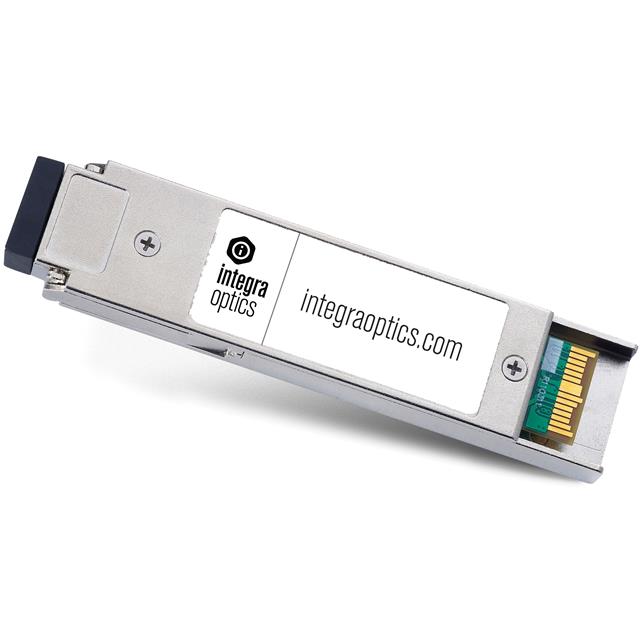


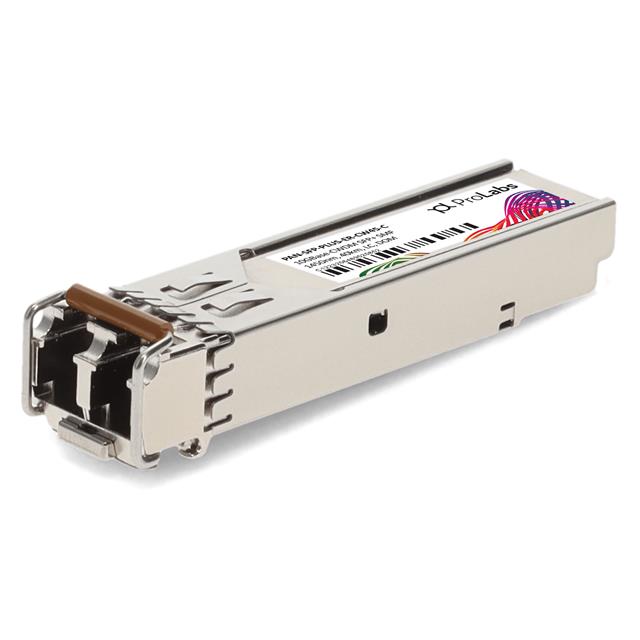








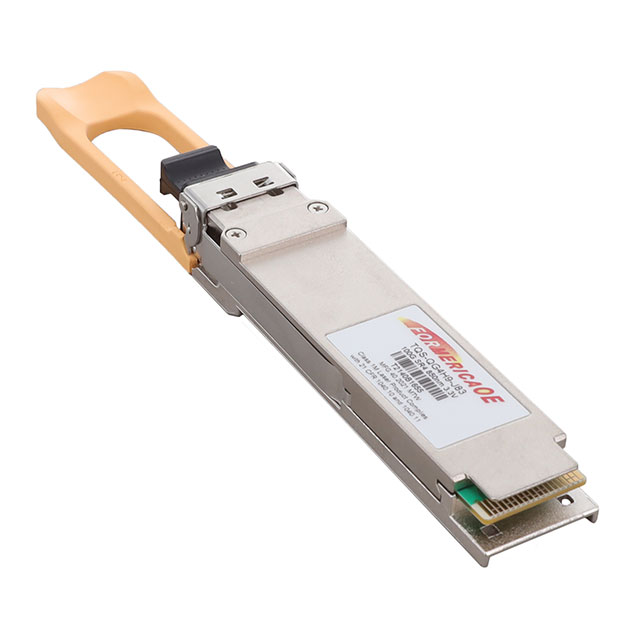
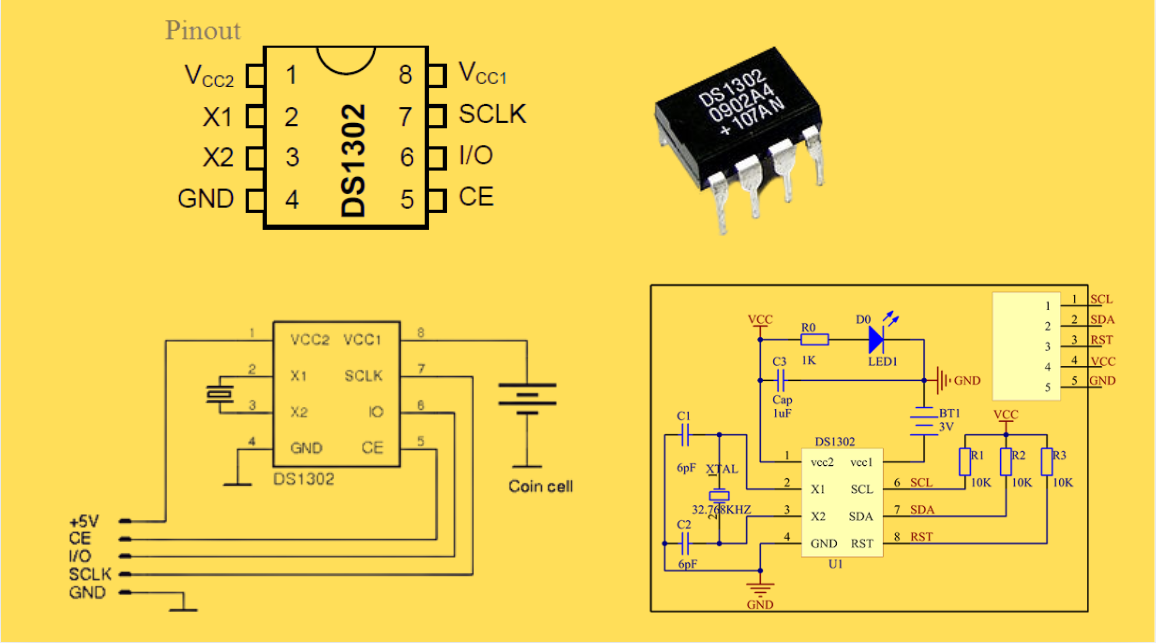
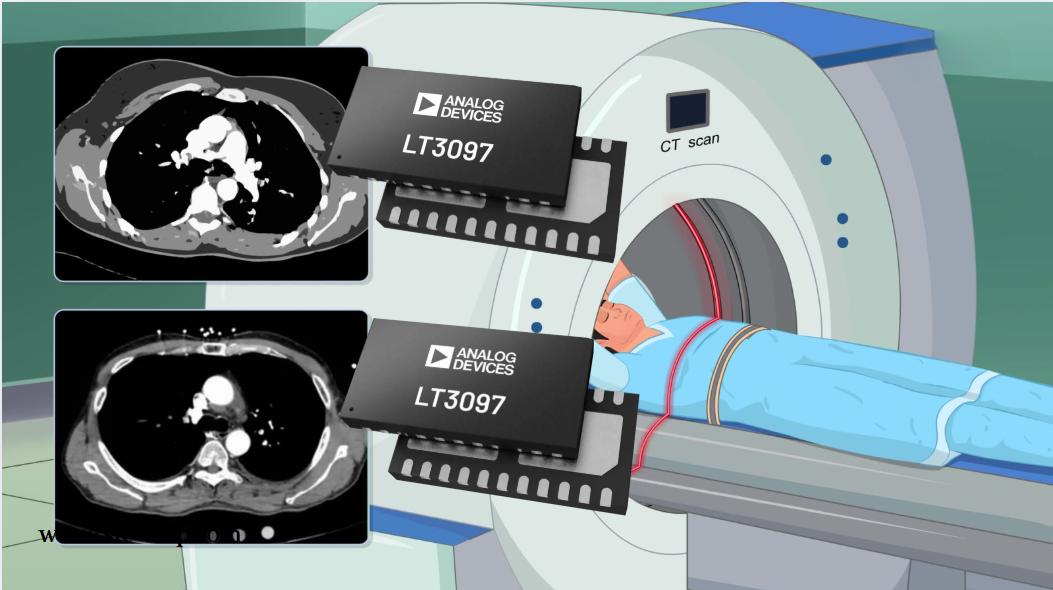
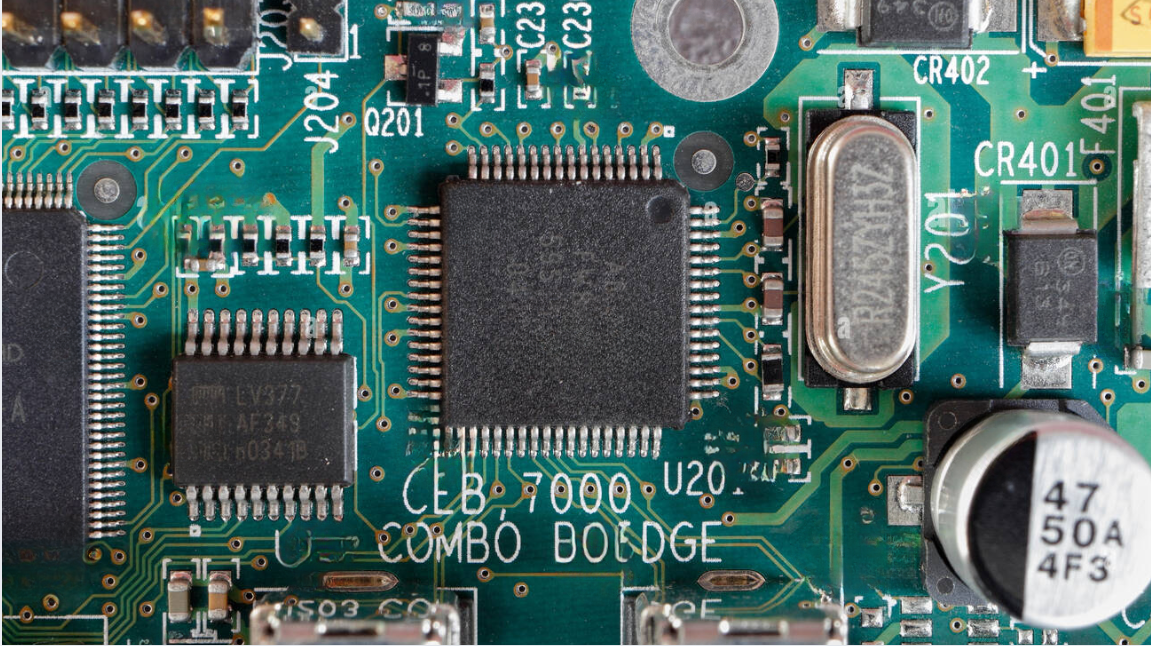
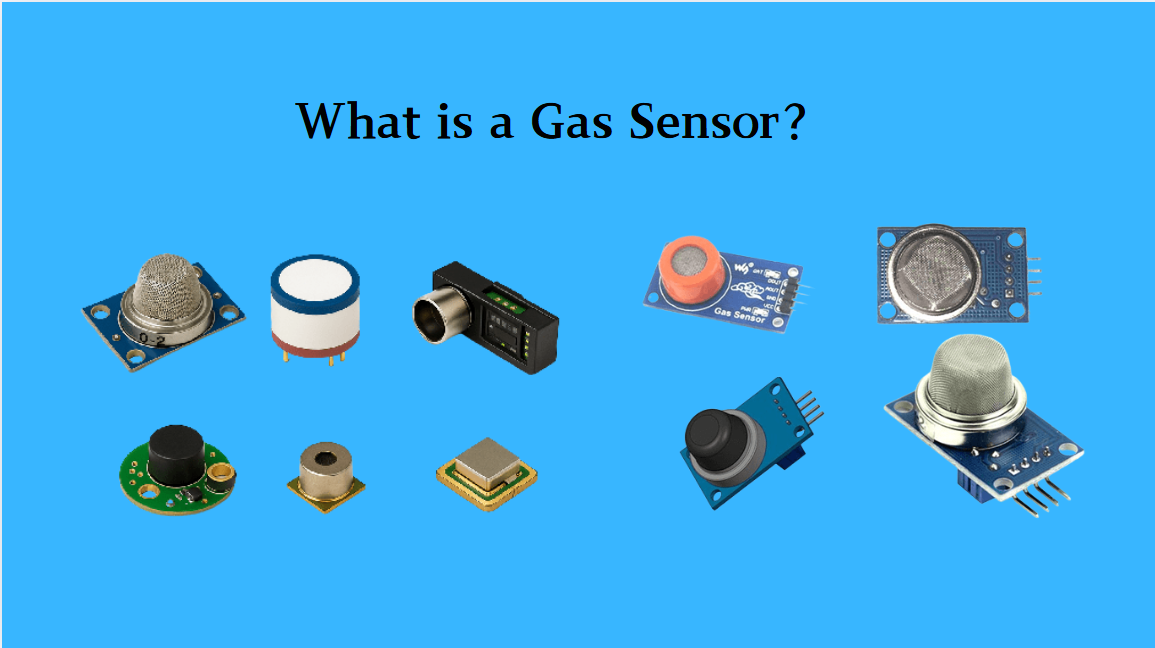
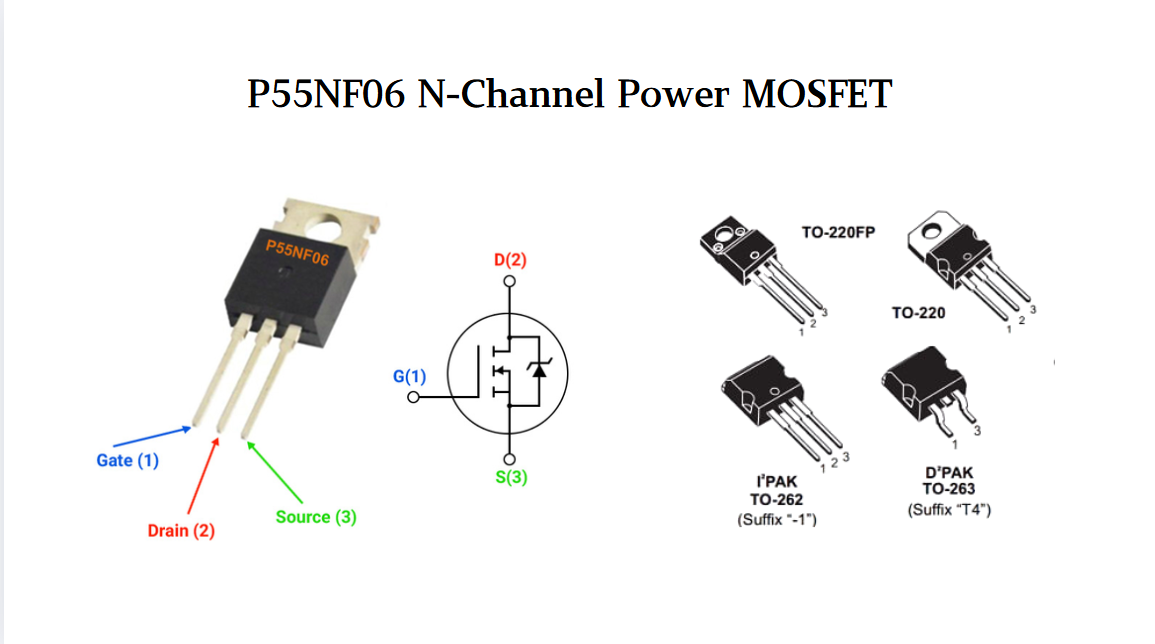
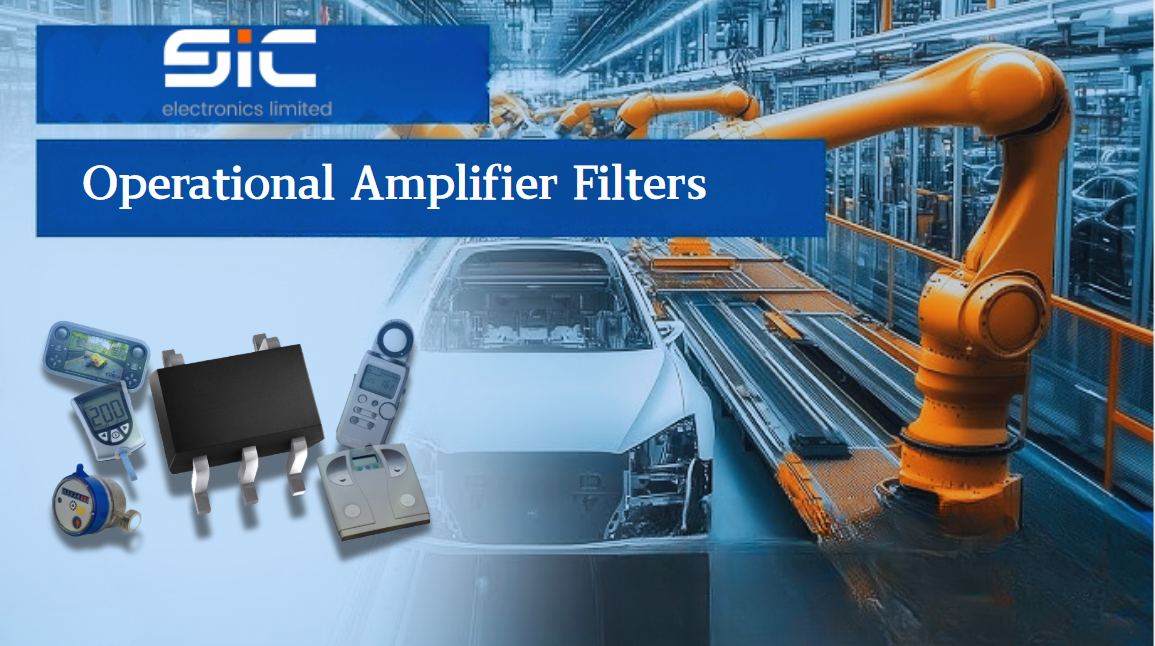
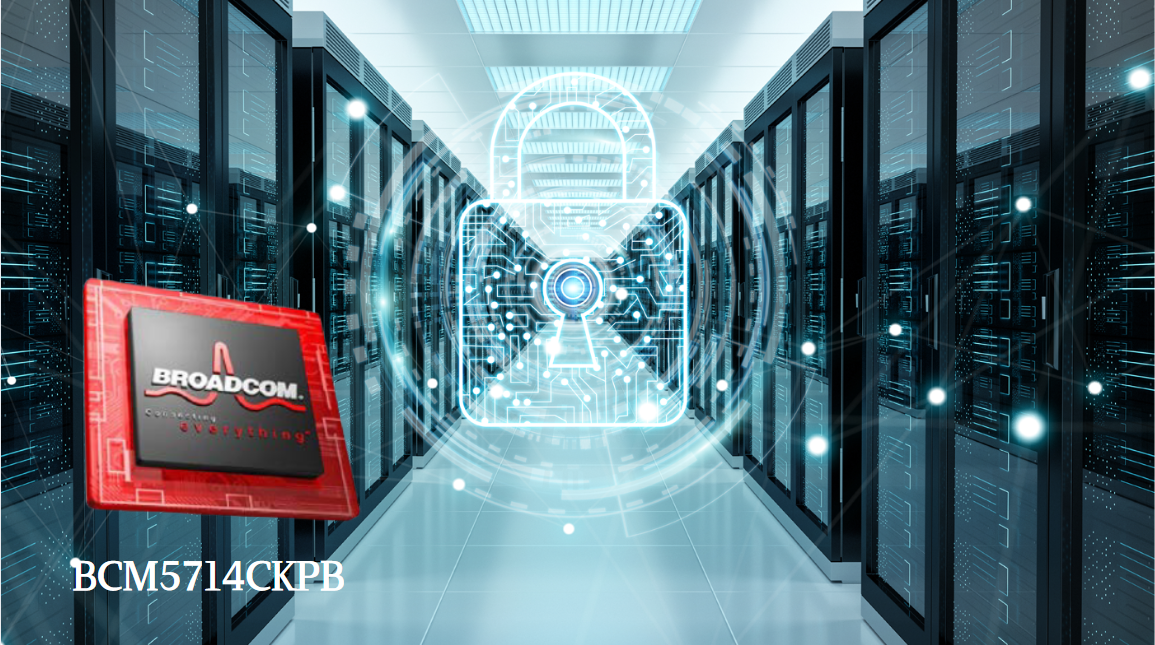
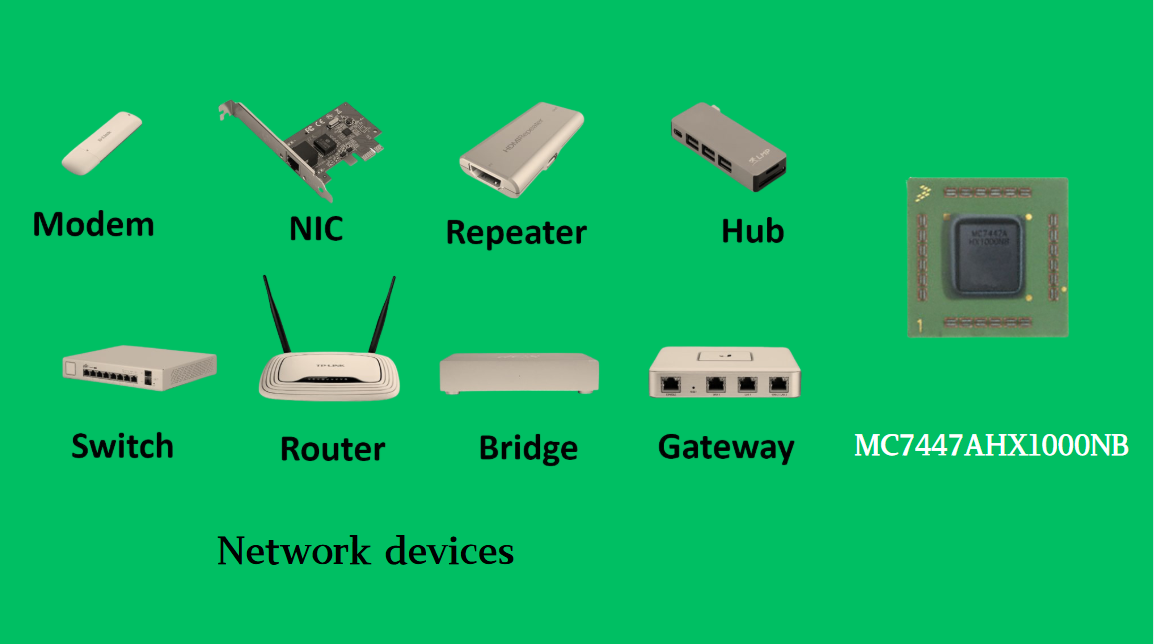

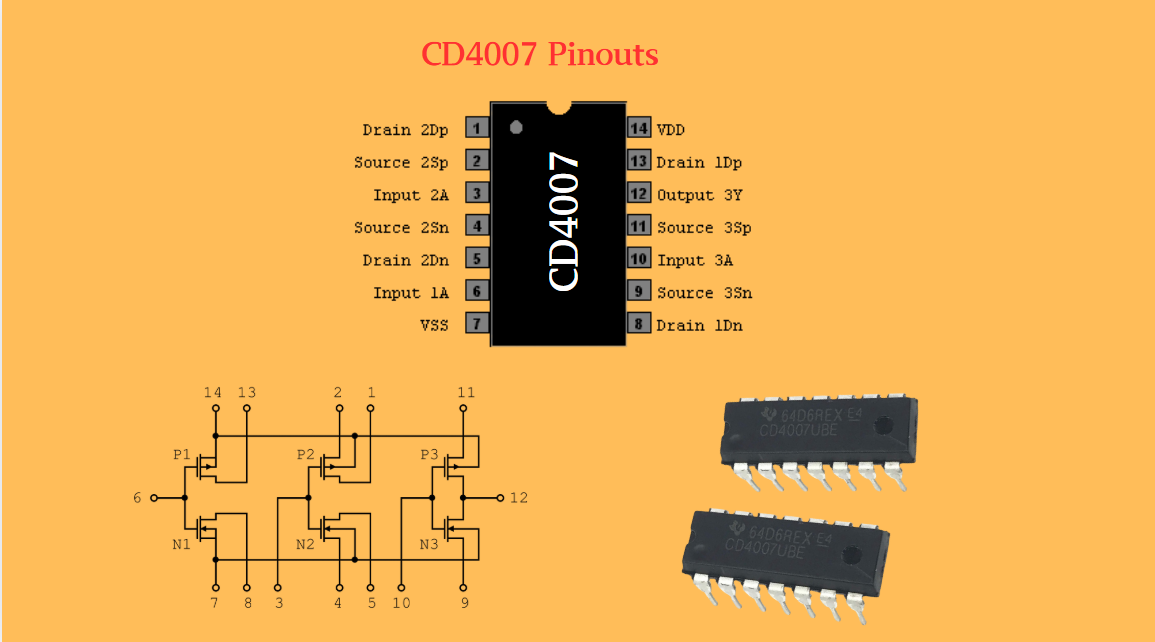
 Wishlist (0 Items)
Wishlist (0 Items)